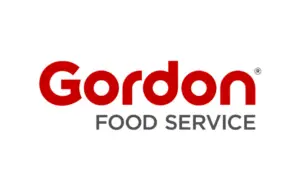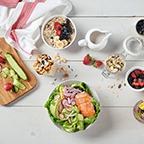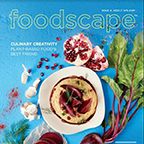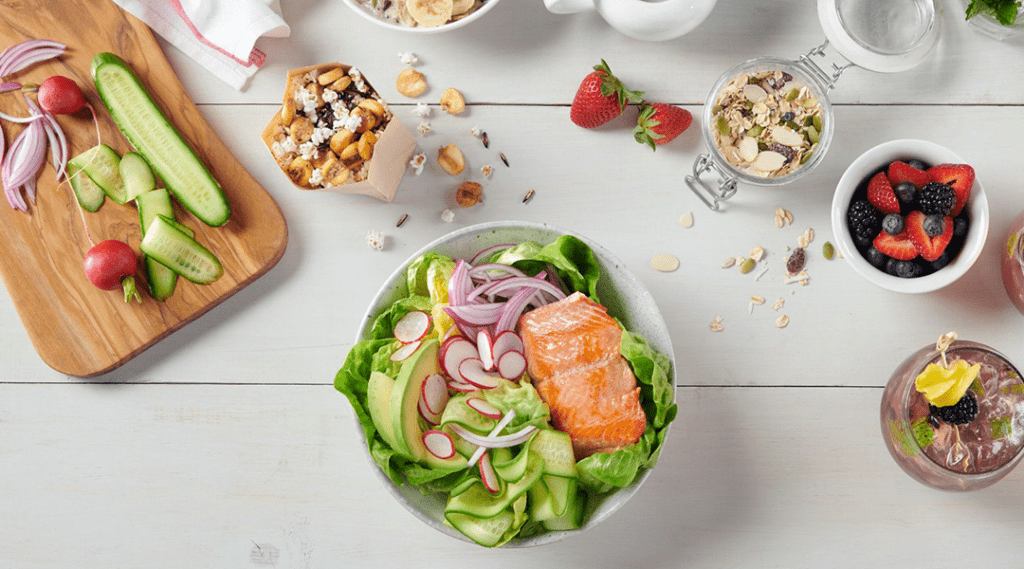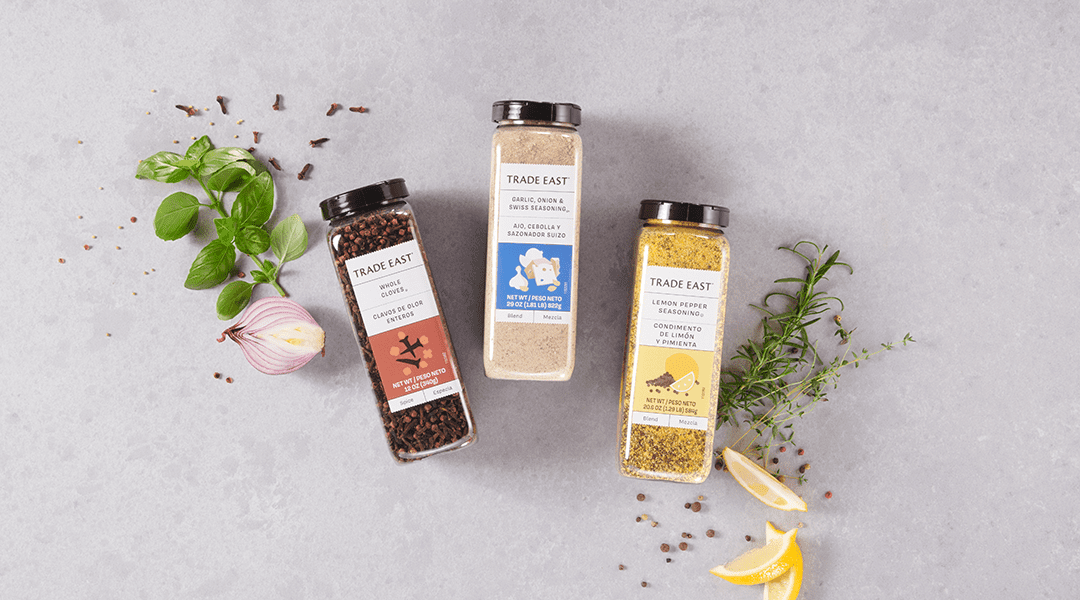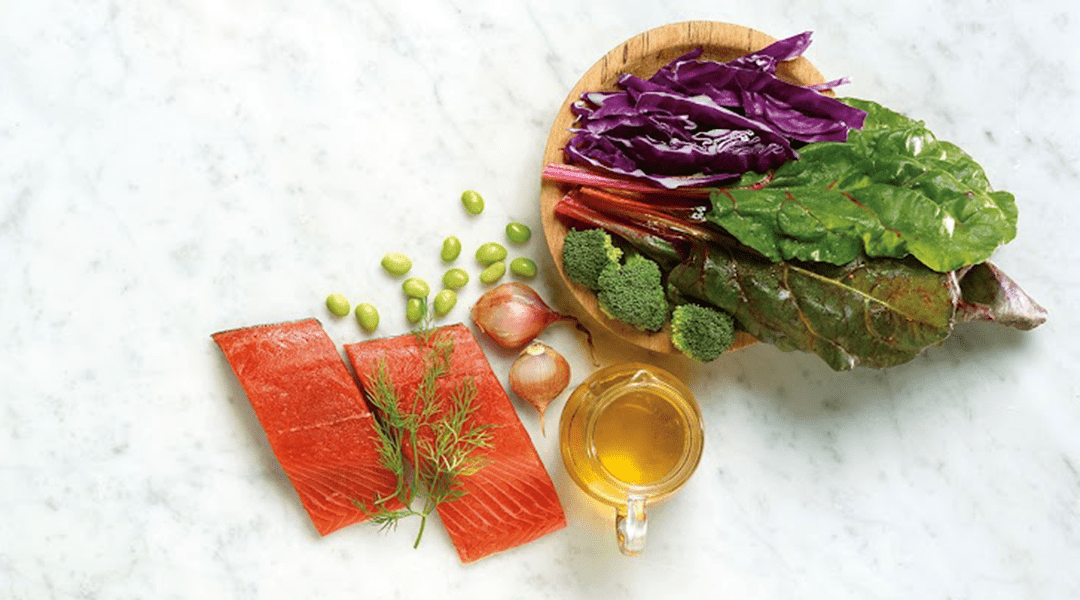If you’ve looked at a food label recently you may have noticed more information is available. More products are making an effort to highlight product characteristics. These label claims may range from health benefits to highlighting changes to products. This trend may relate to the concept of transparency
Some consumers are seeking more information about the products they buy and the meals they eat outside the home. Most recently the United States Department of Agriculture (USDA) recognized the transparency trend in a different way, stating it would provide more transparency to the process of updating the Dietary Guidelines for Americans. Here is a look at four common label claims:
USDA Organic
The USDA Organic symbol is likely very familiar. It appears on products from fruits and vegetables to breakfast cereals and snacks.
Organic refers to products using methods that preserve the environment and avoid most synthetic materials, such as pesticides and antibiotics. Organic farms and processors:
- Preserve natural resources and biodiversity
- Support animal health and welfare
- Provide access to the outdoors so that animals can exercise their natural behaviors
- Use only approved materials and do not use genetically modified ingredients
To use the USDA Organic seal, producers must receive annual onsite inspections and keep organic food separate from non-organic food. Products that contain at least 95 percent organic ingredients are able to use the USDA Organic stamp on their package or label.
If you are using organic produce or other ingredients on your menu, it may be worth investigating whether this is important to your guests. If so, are you identifying this information on your menu or is your staff aware so they can share with guests if asked?
Non-GMO
In its most simple definition, genetically modified organisms (GMOs) are any ingredient whose genetic makeup has been altered. Some examples may include seedless watermelon or soybeans with an increased content of omega-3 fatty acids. Sometimes crops are genetically modified to reduce their susceptibility to crop damage. In early May, the USDA presented a proposed rule for labeling GMO ingredients; it has proposed the use of the term “bioengineered” and goes on to define as “a food “(A) that contains genetic material that has been modified through in vitro recombinant deoxyribonucleic acid (DNA) techniques; and (B) for which the modification could not otherwise be obtained through conventional breeding or found in nature” (1). Although available for public comments until July, the USDA has proposed several “BE” or “Bioengineered labels” for product use.
Some guests may be interested in information about GMOs. If you have ingredients that pursue this labeling, are you aware? Consider sharing this information with guests if they ask. You do not necessarily need to take a stance on GMOs in general, but simply sharing the information could be important to some guests.
Hormone and antibiotic use
Understanding antibiotic use in meat and poultry is continuing to gain in popularity. This is another example of something consumers or guests may want to learn more about as they look at a menu.
The FDA permits labeling products with “no antibiotics” if they can provide sufficient documentation. As defined by the USDA’s Food Safety and Inspection Services, the term “no antibiotics added” may be used on labels for meat or poultry products if sufficient documentation is provided by the producer to the Agency demonstrating that the animals were raised without antibiotics.
No hormones truly only applies for beef. If you see this claim on poultry it is not really meaningful. Federal regulations do not permit the use of hormones on poultry products, so it is not necessary to use this as a marketing claim since all poultry products should be free from added hormones.
If beef is labeled this way, then it should be consistent with the USDA’s Food Safety and Inspection Services and the ability to provide adequate documentation indicating there were no hormones used in raising the animals.
Clean Label
There is not an industry definition for clean label, so if you see products labeled as “clean” then it’s important to dig deeper. How did the manufacturer or supplier of that product define “clean,” or what changed that now allows the product to be called “clean?”
As people become more concerned with transparency, more products are “cleaning up” their ingredients. This process may vary based on the manufacturer. For example, there may be removal of high fructose corn syrup, color from artificial sources, or shortening of the ingredient list. Gordon Food Service has launched its Clear Choice Program to help identify where products are grown, processed or made. Clear Choice provides visibility to products in six categories to help meet the demand of people who are concerned about what’s in (and what’s not in) the products they buy and consume.
If your operation is considering noting that certain menu items are “clean,” it is important that you also educate your staff on the specific changes so guests can be informed. For example, did you substitute organic chicken for conventional and also change the marinade to include fresh herbs in place of packaged marinade thus decreasing the amount of ingredients used completely. If this is something that is important to your guests, then being able to have these conversations with your guests will further emphasize your commitment to transparency.



